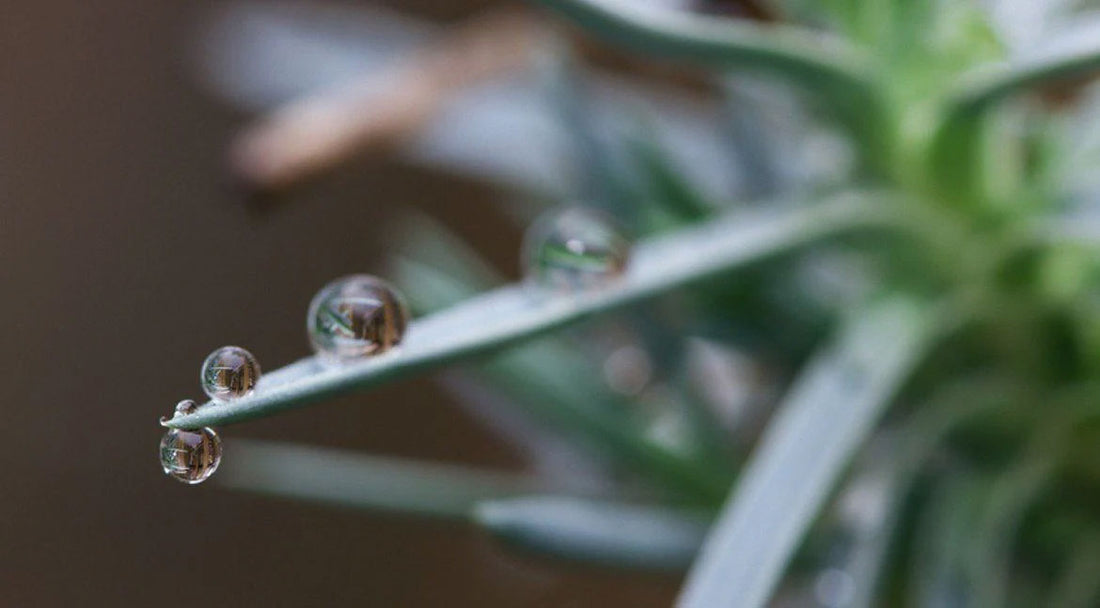How many times have you gone out to dinner wearing something white and by the end of dinner your clean white shirt had stains and spots all over it?
Part of the reason that hydrophobic nanotechnology has become such a big hit in the clothing industry is that it combines form and function to fashion and style. It offers greater protection and functionality for clothing, while keeping the look, feel, and style intact.
Hydrophobic nanotechnology starts at the atomic level. The technology enhances fabrics to provide benefits such as keeping colors richer for longer, improving flame-resistance, and making fabrics more durable by preventing sun damage and providing a level of scratch resistance. Some hydrophobic nanotechnologies can even provide anti-bacterial properties.
Liquids spilled on hydrophobic nanotechnology treated fabrics do not get absorbed, nor do they stain the fabric like they do on regular clothing. Instead of soaking into the fabric, the liquid simply beads and rolls off the surface.
How It Works
Nanotechnology is integrated into the clothing in such a way that it allows almost no chance of liquid soaking into the clothing. This integration creates an area of air between the fabric and nanofilaments, creating a barrier between the fabric and the liquid. This barrier acts as a shield against liquids such as oil and water.
Nanofilaments in a hydrophobic nanotechnology treated fabric act as a coating that you cannot see or feel, nor do they affect the use of the clothes in any way (outside of making them hydrophobic).
Common Uses
One of the most popular uses for hydrophobic nanotechnology is on clothing to make the fabric waterproof or water repellent. Along with its water-resistant ability, hydrophobic nanotechnology on textiles can also aid in repelling dirt and oil, allowing the fabrics to be easily cleaned without the need for dry cleaning or machine washing. This is extremely beneficial for hard to wash articles of clothing such as down jackets, parkas, upholstery, leather, shoes and more.
For sports clothing, a hydrophobic treatment will allow sweat to roll off of fabrics. This is not possible for conventional clothing made from such components as cotton. Regular fabrics will absorb the sweat, locking in the moisture, which leads to the development of odor, bacteria, and a general deterioration of the fabrics.
Hydrophobic nanotechnology has come a long way since it was first introduced to the public. While it was only a few years ago that this technology would wear off of treated clothing after one wash, some hydrophobic nanotechnologies are now capable of retaining its properties for up to 20-40 washes! Many of these technologies are non-toxic and eco-friendly, making them safe for children. The applications and uses for this technology are growing every day. For example, it has been used as an anti-corrosion and anti-icing treatment for cars and boats. It has been used on the exterior of ships to prevent organisms from latching on and to create less drag in the water. Doctors and nurses even use this technology to prevent germs and bacteria from clinging to their clothes.
People are continuing to find more uses for this revolutionary technology. There are untapped markets that can benefit from hydrophobic nanotech. In the future, expect this treatment to impact a variety of untapped consumer markets and to continue to improve lives around the world.
Triple F.A.T. Goose is America's original luxury urban outdoors brand. Since 1987, we have produced men's and women's parkas, down puffers, and shell jackets for consumers around the world. Our products are available exclusively online with free shipping and free returns.

